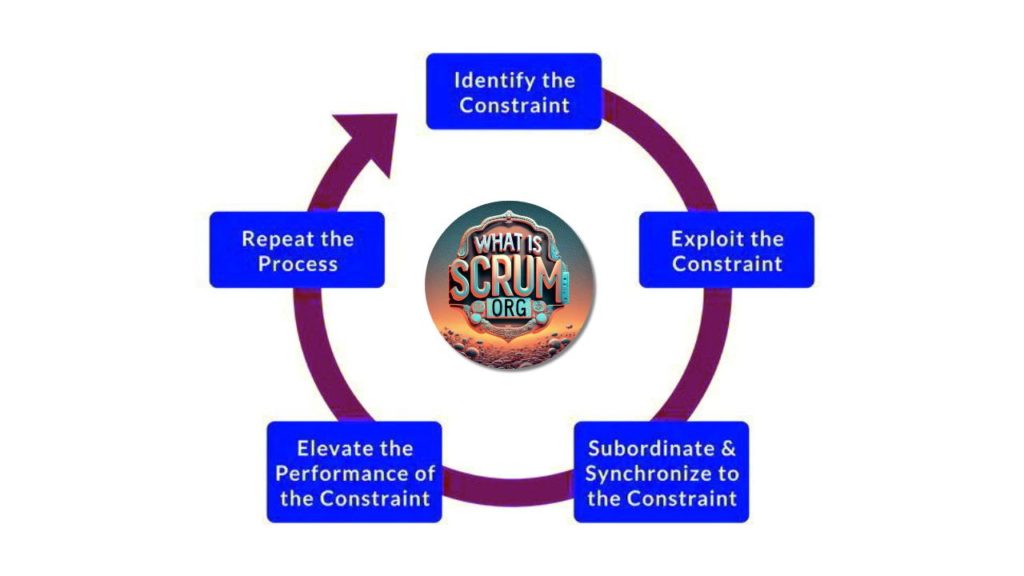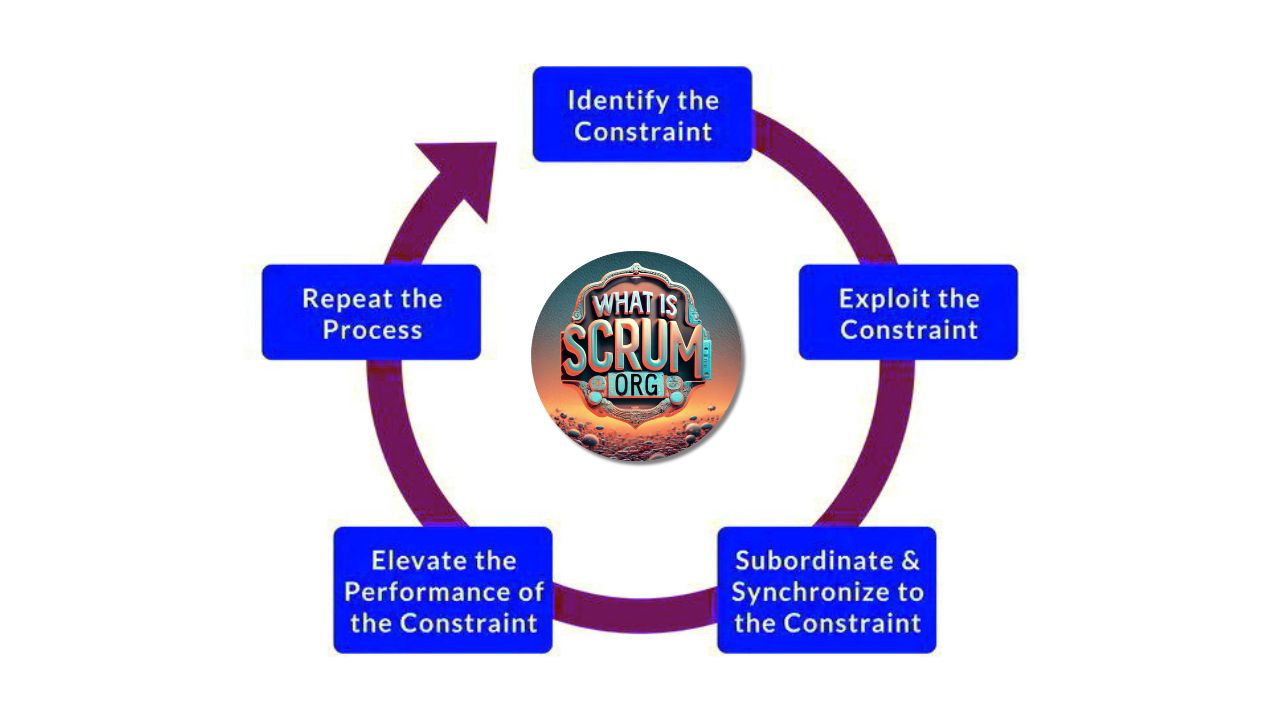5 Steps to Identify and Fix Development Constraints
Definition: Development Constraints
The theory of constraints in software development identifies potential bottlenecks that affect the overall performance of a system.
These principles can be applied to the software development process as well.
Project constraints encompass a range of limiting factors that impact software development, including both tangible and intangible elements of your project.

5-step process for identifying and resolving development constraints
Now, I am going to share a 5-step process for identifying and resolving constraints.
By following these steps, you and your team, and even your organization as a whole, can improve development processes, reduce lead times, enhance quality, and ultimately deliver software more efficiently.
- Identify the Constraint: Determine what is preventing you from meeting your goals. What is the one part of the process that limits the rate at which you achieve your goal?
Example: Developers identify the bottleneck as the code review process, which takes too long and delays the overall project timeline. - Exploit the Constraint: What can be done to reduce or eliminate the constraint’s impact on the process? Make quick improvements to the constraint’s throughput using existing resources—make the most of what you have.
Example: To exploit the constraint, the team decides to implement a standardized checklist for code reviews to streamline the process and reduce the time reviewers spend on each task. - Subordinate and Synchronize to the Constraint: Ensure that all other parts of the process recognize the constraint and support it to minimize its impact. Review all other activities to ensure they align with and support the needs of the constraint.
Example: The team members adjust their schedules to ensure that code reviews are prioritized. Other tasks are scheduled around the review process to ensure that the constraint does not cause further delays. - Elevate the Constraint: If the constraint persists, it becomes a higher priority to address. Do you need more training? More employees? Updated equipment? Consider further actions to eliminate the constraint. Continue these actions until the constraint has been resolved. In some cases, this may require capital investment.
Example: Despite streamlining, code reviews are still slow. The team decides to elevate the constraint by training more developers to conduct code reviews, effectively doubling the number of available reviewers. Additionally, they invest in better code review tools to further speed up the process. - Repeat as Needed: Repeat the process whenever a new constraint appears. The Five Focusing Steps are a continuous improvement cycle. Once a constraint is resolved, immediately address the next one. This step is a reminder to never become complacent—aggressively improve the current constraint and then move on to the next one.
Example: After improving the code review process, the team identifies a new constraint: the testing phase. They then start the process again, focusing on optimizing and speeding up testing to continue improving their overall workflow.
Conclusion
By embracing a mindset of continuous improvement, software developers can steadily enhance their processes, tackle emerging constraints, and optimize their overall performance.
It’s crucial to cultivate a culture of learning, collaboration, and innovation, empowering everyone to contribute to ongoing improvement efforts.
Related content:
VIDEO: Mastering Communication is The First Step to Product Excellence
